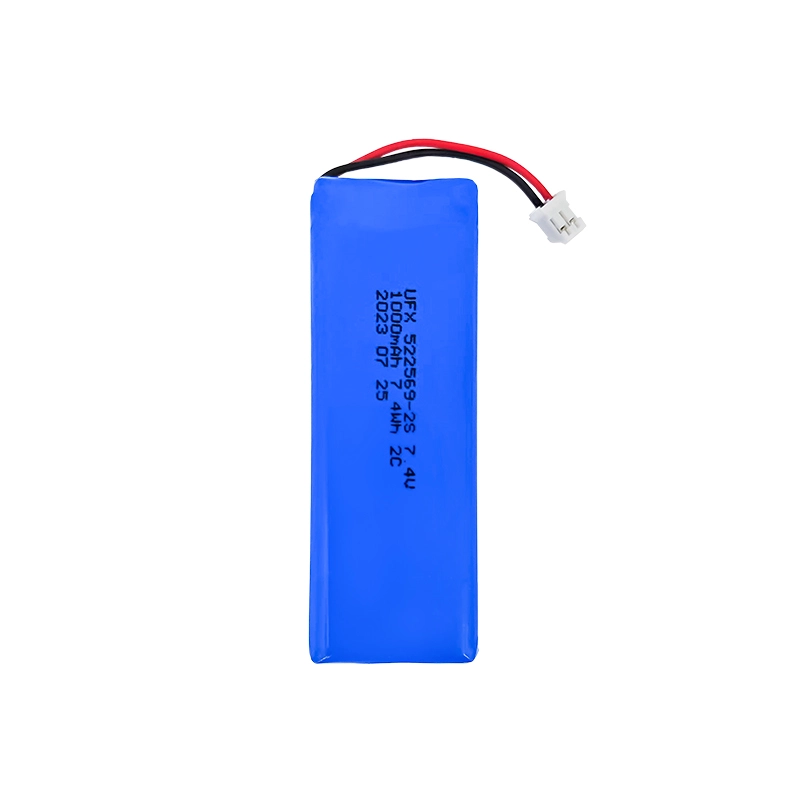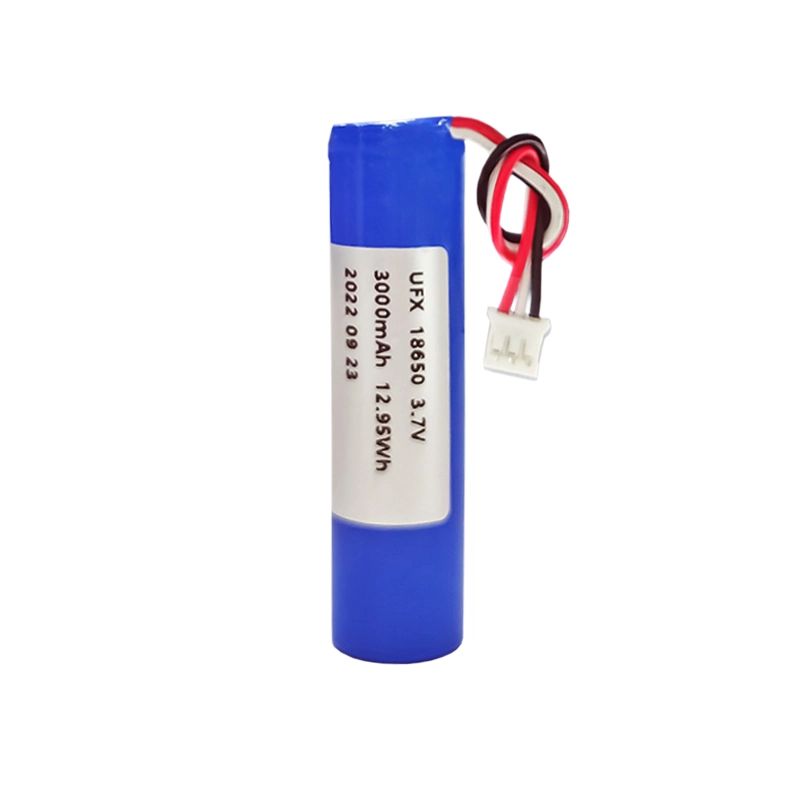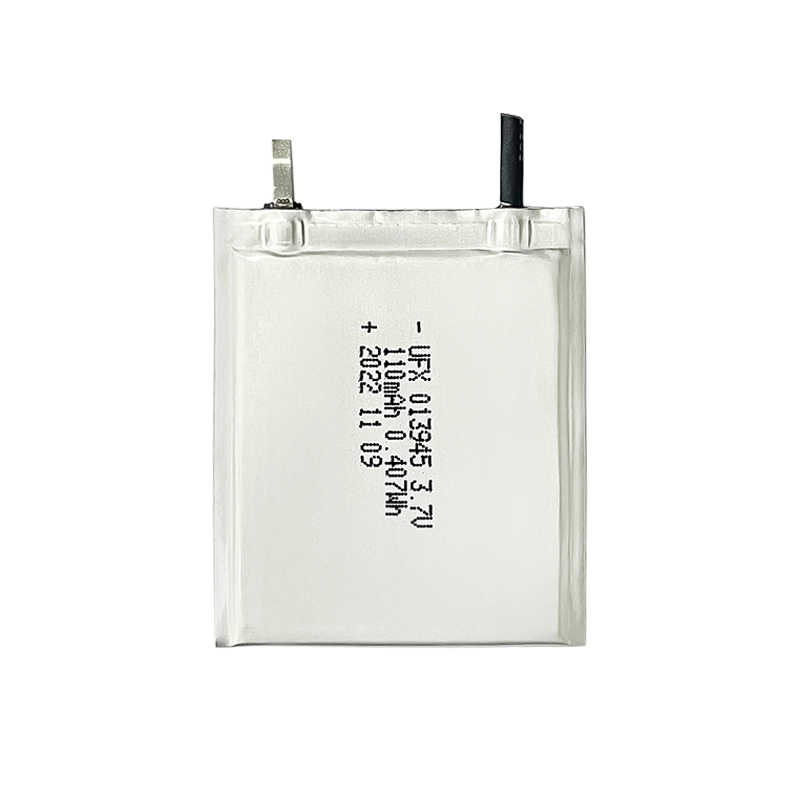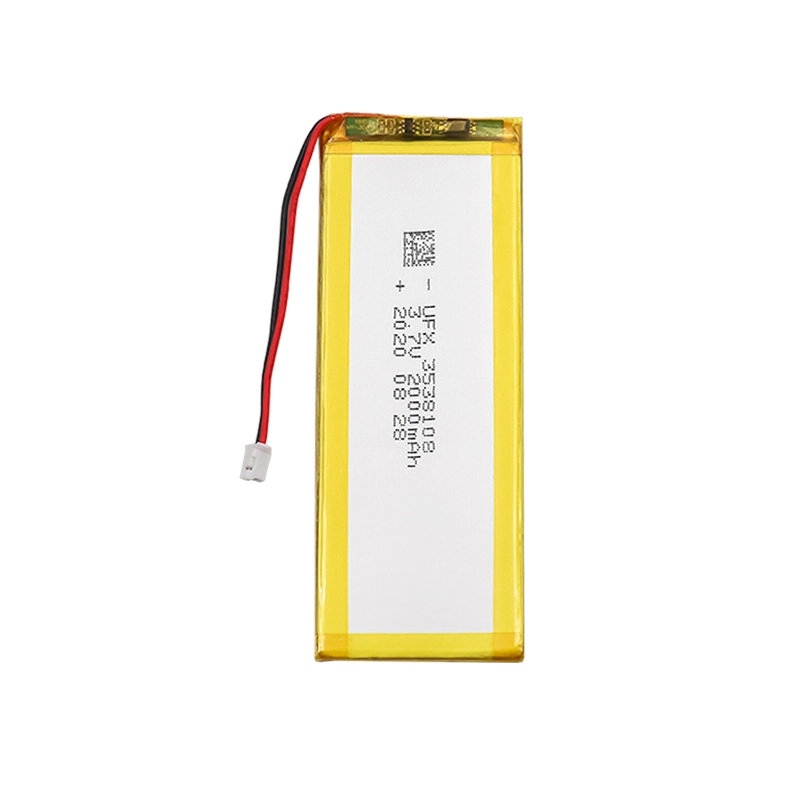
추적기 리튬배터리 잠재력 방출
무선 추적기는 외부 배선이 없어 외부 전원을 사용할 수 없습니다. 기기의 작동 수명은 내장된 전원 공급 장치에 의해 제한되며, 배터리의 사용 수명은 설정된 포지셔닝 주파수에 따라 달라집니다. 포지셔닝 주파수가 높을수록 배터리 사용 수명은 짧아집니다. 따라서 추적기는 일반적으로 초장대기형으로 설계되어 배터리 교체나 충전 없이 2~3년 동안 사용할 수 있습니다.
리튬이온 배터리는 현재 가장 널리 사용되는 충전식 배터리 유형 중 하나로, 다양한 매개 변수와 적용 범위를 가지고 있습니다.
리튬 배터리 주요 매개변수
1. 용량: 배터리 용량은 배터리에 저장된 에너지를 나타내며, 일반적으로 암페어시(Ah) 단위로 측정됩니다. 배터리 용량이 높을수록 더 많은 에너지를 저장할 수 있어 더 긴 사용 시간을 제공합니다. 리튬이온 배터리의 용량은 배터리의 크기와 설계에 따라 수백 밀리암페어시(mAh)에서 수천 밀리암페어시(mAh)까지 다양합니다.
2. 공칭 전압: 리튬이온 배터리의 공칭 전압은 일반적으로 3.6V 또는 3.7V입니다. 방전 과정 동안 배터리의 전압은 점차 감소하여 결국 차단 전압(일반적으로 2.5-2.7V)에 도달합니다. 따라서 장치를 제대로 작동시키기 위해 배터리 관리 시스템(BMS)과 함께 사용하는 경우가 많습니다.
3.충·방전율: 리튬이온 배터리의 충·방전 효율은 보통 90%~95% 이상으로 높습니다. 이는 배터리가 충·방전 과정에서 에너지를 효율적으로 변환하여 에너지 손실을 줄이고 활용도를 높일 수 있음을 의미합니다.
4. 사이클 수명: 리튬이온 배터리의 사이클 수명은 배터리가 경험할 수 있는 충·방전 사이클의 수를 말하며, 일반적으로 완전한 충·방전 사이클을 기준으로 합니다. 좋은 리튬이온 배터리의 사이클 수명은 배터리 품질, 사용 조건, 충전 방법 등에 따라 수백에서 수천 사이클에 이를 수 있습니다.
5. 충전 속도: 리튬이온 배터리의 충전 속도는 배터리가 받아들일 수 있는 충전 전류를 나타냅니다. 충전 속도가 높을수록 배터리가 더 빠르게 충전되어 충전 시간이 단축됩니다. 충전 속도는 일반적으로 속도(C-rate)로 표시됩니다. 예를 들어, 1C는 충전 전류가 배터리 용량의 배수와 같음을 의미합니다. 일부 리튬이온 배터리는 빠른 충전 기능도 있어 짧은 시간에 대용량 충전을 할 수 있습니다.
추적기 리튬 배터리 원리
추적기 리튬 배터리를 충전하면, 양극의 리튬 함유 화합물에서 리튬 이온이 방출되고, 전해질을 통해 음극으로 이동합니다. 음극의 탄소 물질은 많은 미세 기공을 가진 층상 구조로 되어 있습니다. 리튬 이온은 음극에 도달하면 탄소층의 미세 기공에 매립됩니다. 리튬 이온이 많이 매립될수록 충전 용량이 높아집니다.
배터리가 방전될 때, 음극의 탄소층에 박혀 있던 리튬 이온이 방출되어 다시 양극으로 이동합니다. 리튬 이온이 양극으로 돌아올수록 방전 용량이 높아집니다. 일반적으로 우리가 말하는 배터리 용량은 방전 용량을 의미합니다.
추적기 리튬 배터리의 충·방전 과정에서 리튬 이온은 양극에서 음극으로, 다시 양극으로 이동합니다. 이는 마치 흔들의자와 같은데, 흔들의자의 양쪽 끝이 배터리의 극이고, 리튬 이온은 양쪽 끝을 오갑니다. 그래서 리튬 이온 배터리를 흔들의자 배터리라고도 합니다.
추적기 리튬 배터리 수명
추적기 리튬 배터리의 수명은 배터리 용량, 사용되는 리튬 배터리의 유형, 추적 장치의 전력 소비량, 장치의 위치 업데이트 빈도 등 여러 요인에 따라 달라집니다.
일반적으로 추적기 리튬 배터리는 다른 배터리 유형에 비해 수명이 긴 것으로 알려져 있습니다. 저전력 추적 장치에서는 몇 달에서 몇 년까지 지속될 수 있습니다. 그러나 고출력 응용 프로그램이나 자주 데이터를 전송하는 장치의 경우, 배터리 수명은 며칠에서 몇 주로 짧아질 수 있습니다.
특정 추적 용도의 배터리 수명을 보다 정확하게 추정하려면 배터리 제조업체나 공급업체와 상담하는 것이 중요합니다. 이들은 배터리 유형 및 용량, 추적 장치의 전력 요구 사항에 대해 더 구체적인 정보를 제공할 수 있습니다.
높은 에너지 밀도
더 작고 가벼운 패키지에 대량의 에너지를 저장하고 있습니다.
더 긴 사이클 수명
장시간으로 충방전 사이클을 돌릴 수 있습니다.
낮은 자가 방전
사용하지 않을 때 전력 손실이 적습니다.
안전
사고 위험을 최소화하고 안전 운행을 보장합니다.
더 많은 추적기 배터리 관련 정보
-
리튬 배터리의 수명은 얼마나 되나요?
-
리튬 배터리를 특정 용도에 맞게 맞춤화할 수 있나요?
-
리튬 배터리의 최소 주문 수량(MOQ)은 얼마인가요?
-
리튬 배터리 생산 및 배송에 소요되는 리드 타임은 어떻게 되나요?
최신 블로그
리튬 배터리 산업 뉴스에 관한
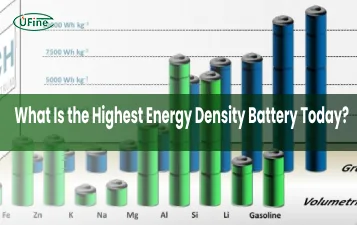
What Is the Highest Energy Density Battery?
Learn which batteries have the highest energy density, the pros and cons of each type, and how they affect electric vehicles and mobile tech.
2025/07/14 Ufine

9V Batteries for Smoke Alarms That Last the Longest
Find the best 9V batteries for smoke detectors. Learn which types last longest and how to choose the safest power option for your home alarms.
2025/07/14 Ufine

A Complete Guide to CNHL Batteries
Learn everything about CNHL batteries—how to choose, charge, and use them safely for top performance in your RC models and drones.
2025/07/14 Ufine

What type of battery does an RC plane use?
Learn what battery RC planes use, how to choose, charge, and maintain them. A complete beginner guide in simple words.
2025/07/11 Ufine
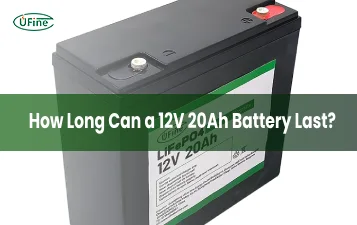
12V 20Ah Battery Runtime Guide by Load & Chemistry
Discover how long a 12V 20Ah battery lasts under different loads. Learn key factors, runtime calculations, and battery type comparisons.
2025/07/11 Ufine
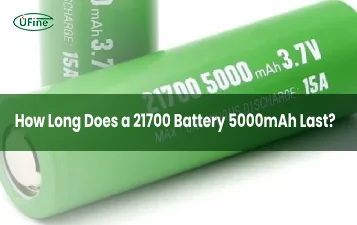
How Long Can a 21700 Battery 5000mAh Be Used?
Discover how long a 21700 battery 5000mAh lasts in real use. Learn about runtimes, device compatibility, and tips to extend battery performance.
2025/07/10 Ufine

